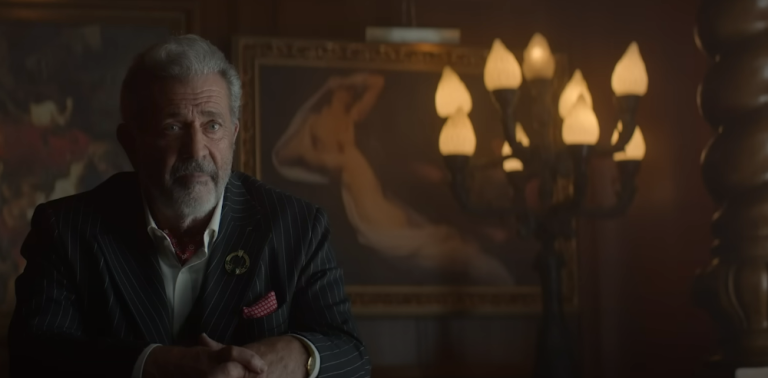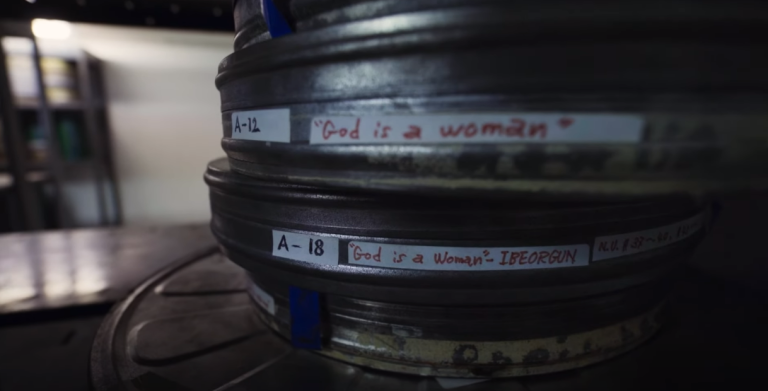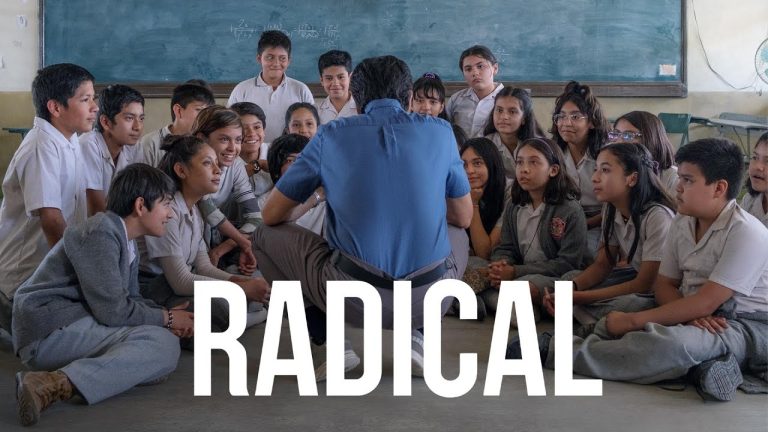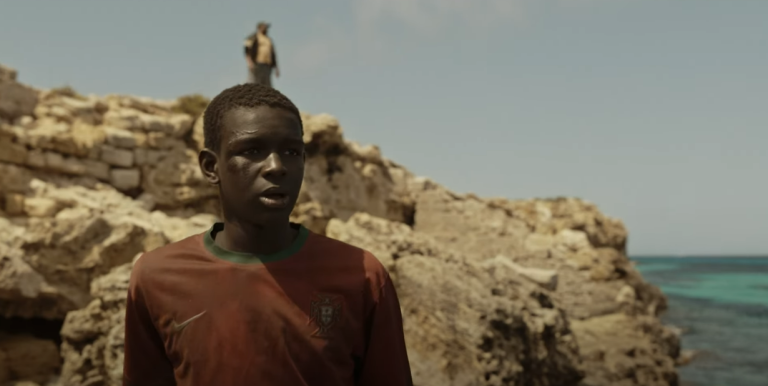
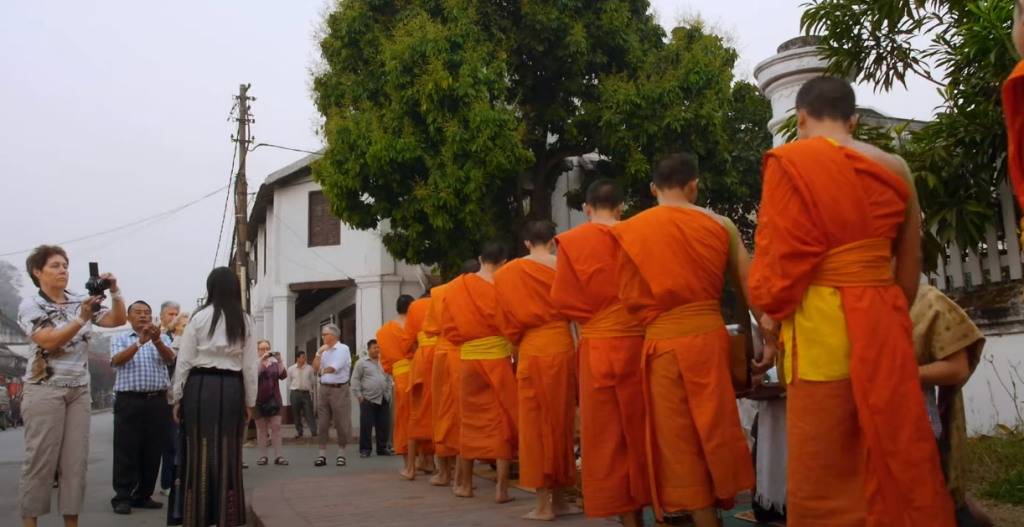
In an interview with Filmmaker Magazine, Kimi Takesue, known for her work as both an experimental documentarian and fiction filmmaker, discussed the challenges she encountered in bringing her latest project to fruition. She stressed the importance of crafting a piece of work that transcends simple description. “Onlookers,” on the surface, appears to be straightforward, comprising meticulously composed shots capturing the everyday lives of people in Laos alongside tourists observing various scenes. The film is further enriched by immersive soundscapes, notably the vivid chirping of birds in morning scenes.
The narrative unfolds with a striking image of a radiant gold temple reflecting sunlight, juxtaposed later by a scene depicting a temple in disrepair. We witness monks walking along a sidewalk, receiving alms from locals while tourists snap photos, all captured through Takesue’s discreet use of a small digital camera. Despite the lack of traditional action, the film presents picturesque views, particularly along the Mekong River, albeit devoid of significant events. Takesue deliberately omits certain elements such as monetary transactions and nighttime scenes, encouraging viewers to delve deeper into the underlying themes.
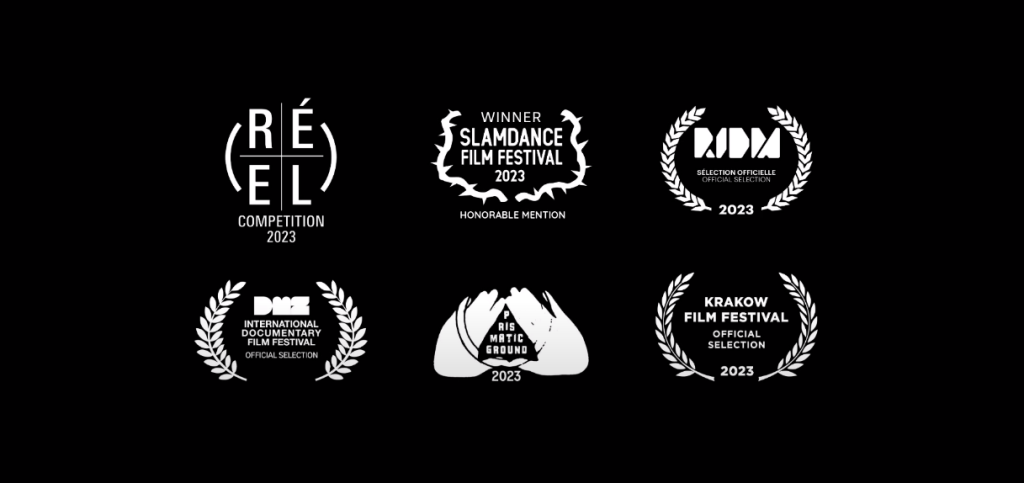
Language becomes a subtle indicator of Laos’ colonial past, with English and French spoken throughout. Themes of colonialism, national identity, and the impact of tourism are hinted at but not explicitly explored, leaving room for interpretation. While the film may initially appear as a mere collection of images, it invites viewers to engage on a deeper level, prompting reflection and analysis.
“Onlookers” appeals to film studies enthusiasts drawn to dissecting the ideological underpinnings of each shot. However, Takesue acknowledges the potential for intellectuals to become overly absorbed in theoretical discourse, sometimes to the point of unintentional humor. For instance, a seemingly mundane scene of people watching “Friends” in a bar can spark intense theoretical debates among academics.

Nevertheless, Takesue believes that “Onlookers” transcends its avant-garde label, offering commentary on global culture accessible to all audiences. For instance, the juxtaposition of a bar promoting itself as a “Reggae Bar” while playing reggae music on a subpar sound system highlights the irony of cultural appropriation and globalization, a message that resonates with viewers regardless of their academic background.
| Key Points | |
|---|---|
| Filmmaker Challenges | Kimi Takesue highlights the difficulty in releasing her movie and the importance of defying simple description. |
| Film Synopsis | “Onlookers” appears straightforward with carefully framed shots depicting people in Laos and tourists observing scenes, accompanied by immersive sound. |
| Scene Descriptions | The film showcases temples in different states, monks collecting alms, and tourists taking photos. |
| Lack of Action | The film lacks significant events, with some scenes being picturesque but devoid of action. |
| Themes and Interpretation | Takesue intentionally excludes certain elements like money exchanges, prompting viewers to interpret deeper themes such as colonialism and national identity. |
| Intellectual Engagement | The film can attract film studies experts for its deeper meanings, but viewers without advanced degrees may miss out on some interpretations. |
| Accessible Commentary | Despite its depth, “Onlookers” offers commentary on global culture that anyone can appreciate, such as the irony of a bar’s self-advertisement versus its music choice. |

